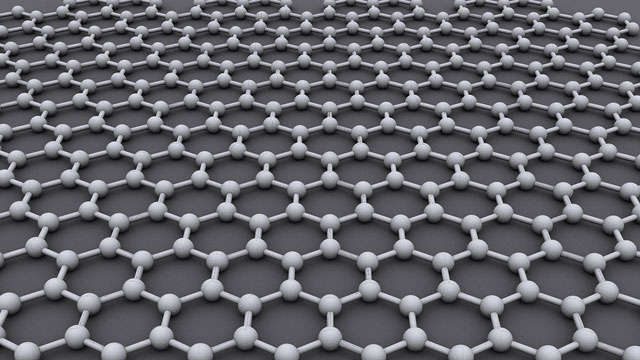
This being Ars, I expect that many readers are familiar with Peltier coolers, which make use of something called the thermoelectric effect and use electrical power to pump heat. The nice thing about the thermoelectric effect is that it works both ways: a temperature difference can generate electrical power. The problem, of course, is that generating electricity this way is about as efficient as a teenager cleaning house.
But if you choose the right materials, it doesn't have to be that way. Recent research shows that it might be possible to convert heat energy to electrical energy with an efficiency in the range of 15-20 percent. If that can actually be realized, it would be a truly incredible advance.
Putting the heat on efficiency
What makes thermoelectric conversion so inefficient? It boils down to how heat and electricity are moved through a material. Heat is carried through a material in two different ways. One route is via the vibrations of atoms—essentially heat is carried by sound waves called phonons. But electrons can also carry heat. In an insulator, the electrons don't travel very far, so heat is only carried by phonons. In an electrical conductor, however, heat transfer is more likely to be dominated by electron motion.
Electrons carry energy some distance, then bounce off an atom, transferring the energy to phonons. The reverse also happens, so energy flows back and forth between phonons and electrons. This process happens incredibly quickly, which rapidly moves thermal energy through electrically conducting materials.
This is bad for efficient thermoelectric conversion, because you need excellent electrical conductivity and poor thermal conductivity to ensure that heat gets electrons moving. However, the relationship between the thermal conductivity of electrons and the electrical conductivity of a material is, in most cases, fixed. That leaves researchers very little room to optimize or improve thermoelectric generation.
Electrons that ignore atoms
There is an exception. The critical step is not that electrons carry thermal energy but that they give it back to the phonons. But, in some materials, the electrons don't run into atoms very often, so energy transfer from electrons to phonons is inefficient. Even better, the electrons collide with each other a lot. This combination can result in a net charge flow in one direction (an electrical current), while heat transfer is reduced by the collisions among electrons. One material that meets this criterion is graphene.
A team of researchers calculated how this would work for a junction between two bits of graphene. In the researchers' first calculation, they use open-circuit conditions so that no current flows. This shows that the proportion of thermal power absorbed by the electrons near the junction increases as the incoming power increases. In effect, the electrons focus the heat at the junction but do not transfer energy to phonons. This results in a very steep temperature gradient between the edges of the graphene bits and the junction.
To test that this is truly due to inefficient energy transfer to phonons, the researchers change their model to add additional energy transfer to phonons. Doing that reduces the temperature gradient, and there is no focusing effect at all (the reverse, in fact—heat spreads).
Extracting energy
Does this hold up when electrons are allowed to conduct and energy is extracted? The answer is yes, it seems to. Once the circuit is closed by a resistor, the researchers show that, even when residual phonon heat transfer is accounted for, about 15 percent of the incoming thermal radiation is output as electrical energy.
So, how realistic is direct thermal-to-electrical power conversion? Well, first of all, these are calculations. Experiments still have to be done. And there are a few "gotchas!" in the paper. For instance, the maximum efficiency corresponded to a thermal radiation intensity of about 200W/cm2. To put this in perspective, the radiation intensity from a heat lamp with a filament temperature of about 2700ºC will meet this requirement (at a distance of 60cm). This seems difficult to achieve in typical use.
Then there is the material problem. Here, the researchers have used graphene for their calculations. It is, by far, the best material available for this type of device. But to obtain high efficiency, you need to cool the graphene lattice to -223ºC, otherwise phonons will start transferring lots of heat. So, unless new materials come along, high-efficiency thermoelectric electrical generation will be limited to two things: a very cool set of laboratory experiments and, perhaps, energy generation for space instruments.
I still want to see less modeling and more experimental results, though.
Physical Review Letters, 2019, DOI: 10.1103/PhysRevLett.122.166802 (About DOIs)
reader comments
38